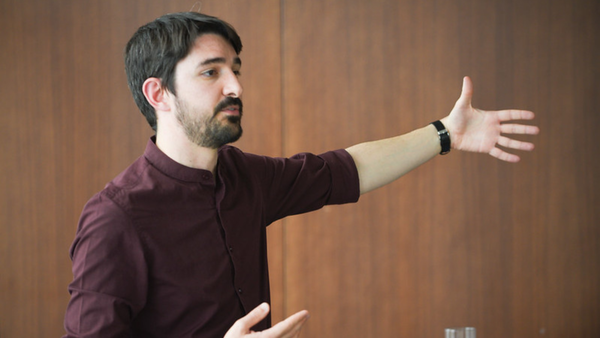Foundations and the foundation of a new way of funding journalism
Not-for-profit journalistic organisations are springing up around the world and producing stories of huge value. Rachel Oldroyd looks at their role and whether they can take the place of traditional print outlets




